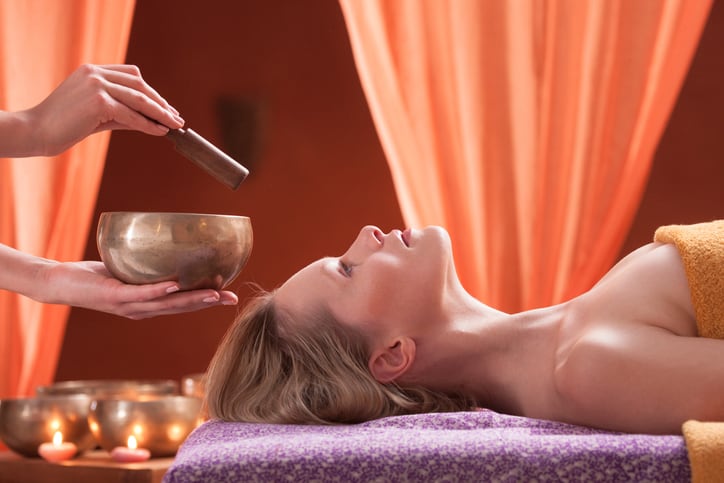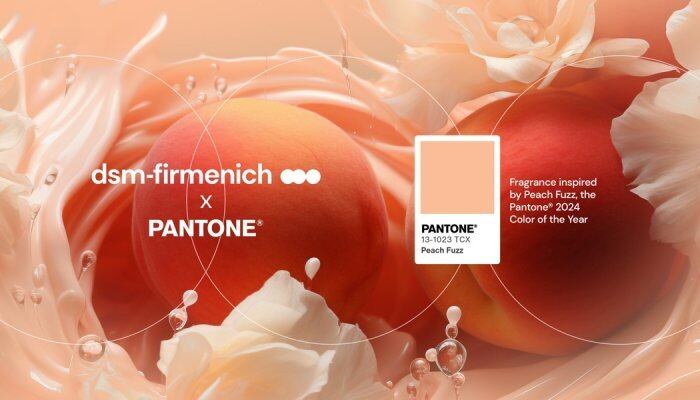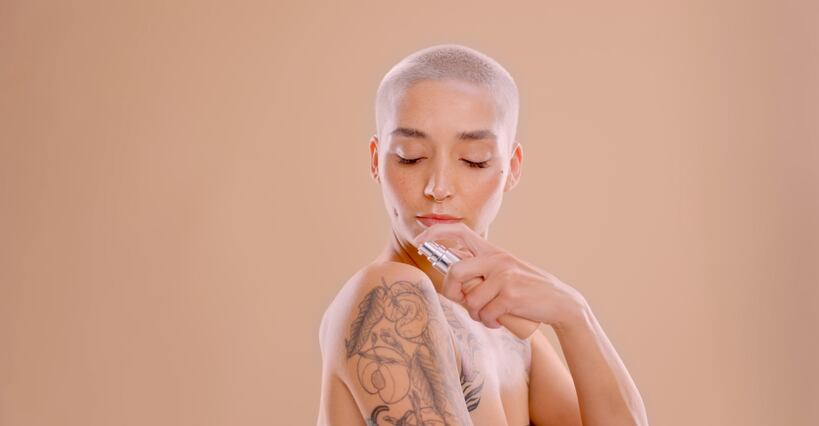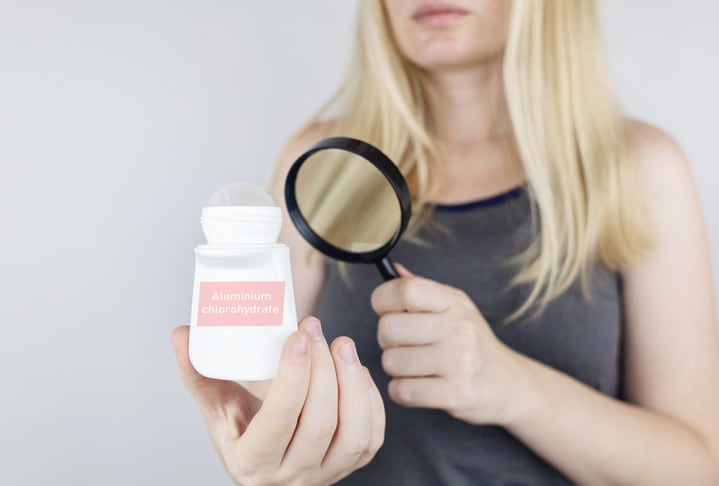Competition in the beauty industry grows by the day, but one way that businesses can guarantee an element of differentiation is by creating products that meet people’s love for sensory experiences.
According to NPD & Innovation Consultant and Trainer, Nathaniel Davis, since the COVID-19 pandemic, consumers have been seeking out cosmetic and personal care products that are “a source of hype; looking for something worthy of excitement for themselves and to promote and extol the found experiential benefits to others.”
“They want products that ‘wow them’ well beyond the old limits of delight or surprise,” continued Davis. “A form of sensory shock and awe – an overwhelming, prolonged, heightened sensory experience from the product.”
This trend has been fuelled by the popularity of TikTok as a channel for product discovery and purchase.
The social media platform has altered the beauty trends cycle over the past 18 months and triggered an explosion of viral ‘trending’ products that are often sold directly via the channel.
Sensory beauty to stand out in a crowd
We reported on the growing focus on sensory beauty back in April, but this has continued to flourish and become a key way to stand out in overcrowded space.
As Davis points out: “The more challenging the competitive landscape in every category of beauty products becomes, the more important sensorial marketing, sensory enhanced products, experiences and packaging becomes.”
He also noted that beauty consumers’ fundamental reference points for emotional wellbeing and everyday stress have shifted dramatically in the past five years.
Indeed, stress has become a ‘modern day epidemic’ for many, and more people, especially the younger generation, are looking for solutions to tackle this through their beauty and personal care product choices.
Generation Z appears to be a key target demographic for sensory-themed beauty and personal care products, as they are the most engaged with online beauty content compared to any generation before.
So how are beauty companies integrating sensory aspects into their products?
Although it’s nothing new, the most obvious sensory factor of a product is fragrance – as if we don’t like the smell of something we simply won’t use it.
“Fragrance or fragrance-free is still often the primary sensory attribute experienced when consumers explore their new beauty products,” said Davis.
“Fragrance is a prime determinant of whether a product will be tried – it is an important factor for driving trial and removing consumers' barriers to adoption. This is especially important for bath and body care where fragrance-free is trending.”
However, he also highlighted the growing popularity of ‘Touch’ as a vital sensory aspect and how this fits perfectly with the increased focus on beauty that acknowledges the mind and body connection.
“An important part of that ‘arms race’ of serums is towards removing the damage caused by internal and external skin stresses. As such, the ‘must-win’ area is to provide a smooth sensorial effect with the appropriate spreadability, viscosity, and rubout for a soothing, calming experience,” said Davis.
He also stated that with the rising popularity of TikTok Shop, ‘visual appeal’ is more important than ever, noting that “we ‘eat first with our eyes’ and this applies especially to impulse purchasing decisions for facial skin care and lip cosmetics for younger consumers.”
Perhaps the least considered – yet most important area in terms of NPD innovation – is the use of physical motion for beauty products.
“For plumping and reducing puffiness or visible signs of ageing, gently massaging your face or doing facial exercises is a growing trend,” said Davis. He also namechecked FaceGym and NuFACE as good examples of brands that use ‘motion’ in combination with topical products to create a more sensory experience.
Using ASMR in sensory beauty for relaxation
Earlier this year, ingredients company IMCD created a concept that it called ‘Sensational Beauty’, which stimulated the senses and created a relaxing feeling using Autonomous Sensory Meridian Response (ASMR)
ASMR is the use of pleasant sights, repetitive sounds, whispers, and crackles to stimulate the regions of the brain associated with calmness, relaxation and wellbeing and is also known as “brain massage”.
According to Americas Technical Director at IMCD, Danielle Wheeler, IMCD chose to work with this concept “to create an emotional connection through an experience that generates joy – a big consumer motivator.”
The company debuted this concept at NYSCC Suppliers’ Day and then rolled it out throughout the Americas region, localising it to fit different expectations.
“With this collection, we aimed to inspire the industry and intrigue them to explore IMCD’s concepts, formulatory solutions and expertise to address the latest trends and concerns facing today’s consumers,” Wheeler explained.
She also highlighted the link between sensory experiences with the growing ‘Neurocosmetics’ trend, which acknowledges the connection between the mind, emotions and beauty.
“With this, we’ll see products that enhance not only their external beauty but also help them feel more positive, relaxed, and confident – similar to what we have accomplished with Sensational Beauty by using carefully selected concepts/ingredients with soothing and stress-relieving properties,” she said.
Textures are a key part of sensory beauty
Textures are a big part of the sensory beauty movement and this is particularly key as more people layer on different skin care or body care products with various different ingredients to address multiple needs. As a result textures, especially lighter, blendable textures are becoming more important.
On this note, specialty chemicals company Seppic has just release new beauty formulations based around the textures trend, which it dubbed 'In Real Life Beauty'.
The company said this collection of six skin care formulations was “designed to be visually appealing on screen and highly sensorial on application.”
One of these new launches, Elastic Stretch cream is inspired by the trending hashtags #koreanskincare and #snailmucin. According to Seppic, it’s “a natural* face cream with a stringy texture, slime-like viscous appearance with hydrating and anti-aging benefits”.
It stated that the texture is created by mixing SOLAGUM™ AX (INCI: Acacia Senegal Gum and Xanthan Gum), for viscosity and stringy effect, and FLUIDIFEEL™ EASY (INCI: Lauryl Glucoside and Myristyl Glucoside and Polyglyceryl-6 Laurate) for an emulsifying action.
Meanwhile, another of the new launches, Whipped-Up Body Cream, gives short- and long-term moisturising benefits and is inspired by the texture of whipped cream.
Seppic goes into more detail on this innovation and explained: “The association of SEPIMAX ZEN™ (INCI: Polyacrylate Crosspolymer-6) and EASYNOV™ (INCI: NCI: Octyldodecanol and Octyldodecyl Xyloside and PEG-30 Dipolyhydroxystearate) allows the creation of this airy and creamy texture. SEPIMAX ZEN™ stabilises the oils, while EASYNOV™ emulsifies the formula to create a W/O emulsion, with a soft and silky texture. In addition, LANOL P brings consistency, and EMOGREEN™ L19 (INCI: C15-19 Alkane (Plant-based & Renewable) gives a light and creamy feel during application.”
Indeed, the industry is seeing more launches of ingredients and concepts based around the senses.
According to Davis, brands must now make use of these various innovative sensory experiences not only to drive trial for their products, but also to assist in consistent use and repurchasing of their products.
“Without fail, those wise brands that enhance skin appearance and improve consumer's moods by making their beauty routines more exciting, effective and fulfilling will flourish,” he concluded.





